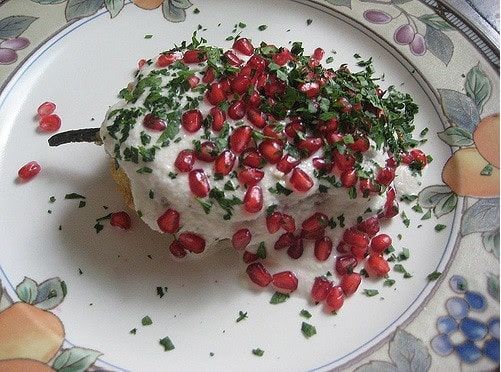Mexican cuisine at its finest: chile en nogada
In Mexican gastronomy, there is a dish that represents the history of Mexico, chile en nogada. The colors give it away, the flavor distinguishes it and its elaboration wins the love.

There is a dish in Mexican food that represents the history of the country. The colors give it away, the taste sets it apart, and the way it's made makes you fall in love with it. When you eat chile en nogada, which is a seasonal treat in August and September, you get a taste of the whole country. Some Mexicans call this dish, which is an icon of Mexican food and can be eaten in August and September when all of its ingredients are in season, a divine ecstasy.
The ingredients for chile en nogada are roasted poblano peppers that have been peeled and filled with ground beef or pork, tomato, onion, garlic, nuts, almonds, pine nuts, and spices. They are covered in a walnut sauce and topped with red pomegranate seeds and parsley leaves. This tasty food comes from the town of San Andrés Calpan in the state of Puebla, which is about 130 kilometers (80 miles) east of the country's capital. Its roots go back to the early days of Mexico's independence (1810-1821).




